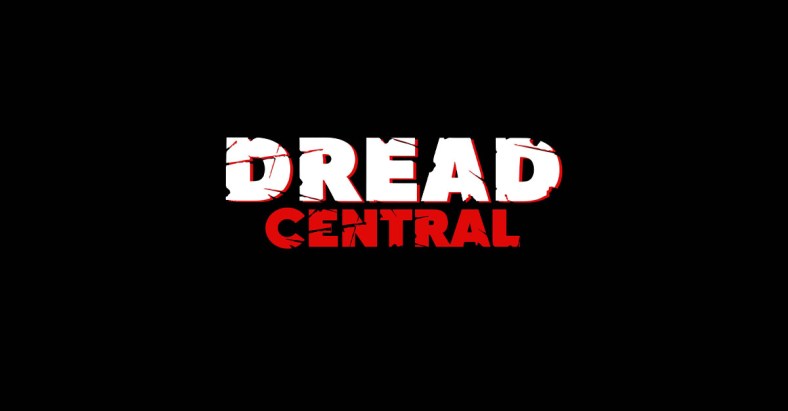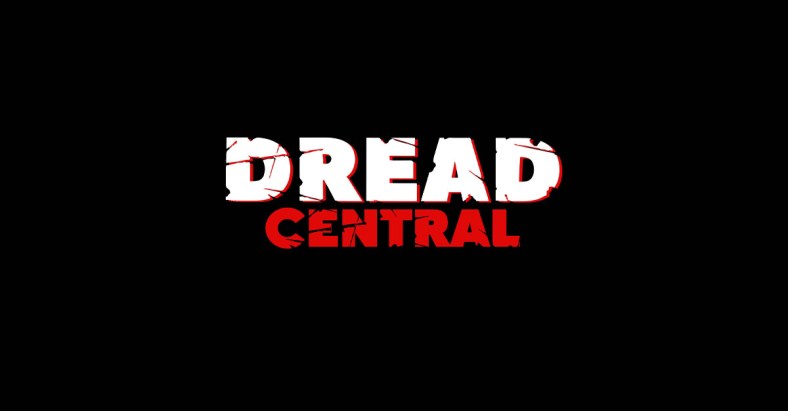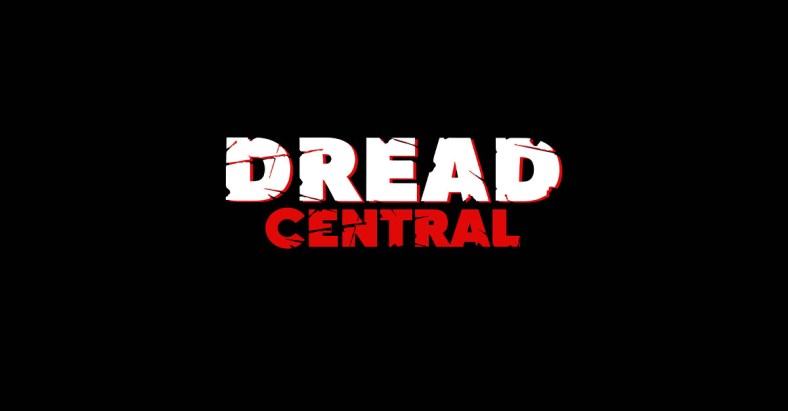Is Godzilla ’98 Really All That Bad?

With the release of Independence Day: Resurgence nearly upon us, everyone is looking back on its predecessor with fond memories. There is no denying the legacy of Roland Emmerich’s alien invasion blockbuster as a beloved cult classic; it’s a cornerstone of modern science fiction and quite possibly Emmerich’s finest hour to this day.
With Independence Day, he crafted a wonderful popcorn film genre fans will celebrate for generations to come; but his career hasn’t all been high notes with reason to cheer. In 1998, he would Americanize Japan’s greatest cinematic export, and it wouldn’t go down as his finest hour. Now, with the upcoming release of Toho’s new Godzilla film next month, we reflect on the film most would rather forget and ask ourselves: Was it really that bad?

The sheer mention of Roland Emmerich’s 1998 adaptation of Godzilla leaves a bad taste in the mouths of most Big G fans brave enough to hiss its name. It’s like the Voldemort of Godzilla flicks. So much so that even Toho – the Japanese production company that’s been the monster’s home for over half a century – considers it to be such an abomination they felt the need to apologize for its existence, even though they weren’t responsible for it. But to show they could have a good chuckle at its expense, they incorporated it into their own mythology by saying the creature depicted in Emmerich’s film was just a dumb-ass dinosaur the Americans mistook for Godzilla. They then followed it up by having the real Godzilla dispose of his ass within seconds in the monster free-for-all Final Wars in 2004. And that was the end of him – tossed aside like yesterday’s newspaper.
Universally, the movie was lambasted; the mass destruction of every battle zone city in Gojira’s rich cinematic history was nothing compared to the battering this received at the hands of critics and audiences alike. It was nominated for six Golden Raspberry Awards, or Razzies (winning two of them for Worst Actress and Worst Remake or Sequel). It did make some money at the box office, though any notion of a sequel was quashed following its less than favorable reception. All in all, it’s considered a blemish on the butt cheek of cinema history, and people would rather forget about it and move on with their lives. However, for what it is, Godzilla ’98 is a damn fun monster movie.
My love affair with Godzilla ’98 dates all the way back to my childhood, when I was just an eight-year-old boy obsessed with dinosaurs. As a kid, watching this movie in a theater was, quite simply, an enthralling experience. Never before had I witnessed such grand scale feats of destruction on the big screen, given that my limited exposure to cinematic releases primarily consisted of The Lion King and Spice World. But after a while Scary Spice just wasn’t scary anymore. I wanted excitement and thrills when I went to the theater, and Godzilla gave me the adrenaline rush I needed to complement my sugar intake.
Afterwards, when it made its way to the now prehistoric VHS format, it would become a weekly fixture in my video player. Back then I was unaware of the Toho films and the legacy of Japan’s greatest cinematic icon. Emmerich’s big budget bastardization was my first exposure to a monster causing havoc in a big city, and I loved every minute of it. Childhood is an awkward time, though, and a lot of the things we love back then don’t translate well into adulthood – but that wasn’t the case for Godzilla ’98. This movie still holds up for me in abundance.

Granted, the monster in Emmerich’s film doesn’t deserve to be associated with the real Godzilla at all. The original is more than a simple monster after all, given its symbolic history and cultural significance. Originally, he was a symbol of nuclear evolution. He represented man-made apocalypse, bearing significance beyond that of a big monster stomping on skyscrapers and bitch-slapping helicopters. As the series progressed, Godzilla would represent a different facet of Japanese cultural consensus, therefore remaining relevant in accordance with the zeitgeist. American ‘Zilla, on the other hand, was just a big monster destroying a city.
But Emmerich didn’t try to make a socio-political statement. He made a brainless blockbuster. A self-contained, uniquely Japanese monster wasn’t a universal box office attraction after all. The original G had purpose fabricated in another region. Sometimes he was an apocalyptic metaphor typifying the fears harbored by a nation; other times he was her guardian and emblem of hope. We emotionally cared for him (if you don’t shed a tear at the end of Godzilla vs. Destroyah, you’re dead inside). American Godzilla just wanted to lay some eggs and wasn’t all that different than an angry chicken. Looking at it from that perspective, it was insulting to the legacy of the Godzilla franchise. But if you can disassociate it from its roots – and look at it from the point-of-view of a big dumb American blockbuster monster movie – it makes for pure mindless popcorn entertainment.
Despite having no symbolic meaning, cultural relevance, or even an inkling of resonance with Toho’s legacy, it’s a pretty damn good creature feature. Sure, it bares all the hallmarks of a shameless cash-grab (there’s no denying that it was an attempt to capitalize on the success of Jurassic Park, and if you didn’t know any better, you might mistake it for a sequel). It’s laced with dumb, audience-friendly humor, barely dimensional characters, and the general tropes of a by-the-book ’90’s Hollywood disaster blockbuster. However, the action set-pieces are fun and the monster itself looks fantastic. The biggest problems with the movie are the script and hokey performances, but the same criticisms can be leveled at a lot of our beloved kaiju movies as well.
Some scenes are truly spectacular, like when Hank Azaria’s character narrowly escapes being crushed by a giant foot because he just happened to be standing between the gap in its toes – or how about the scene where ‘Zilla is tip-toeing the Brooklyn Bridge leaving destruction in his wake? And who could forget the fishermen reeling the beast out of the water on a hook? That gave a whole new meaning to catching a big one after all. The movie is full of grandiose feats of spectacular nonsense like this, and it all adds to its charms.

As a Godzilla movie, it bears no resemblance whatsoever. In fact, it has more in common with the The Beast from 20,000 Fathoms and Jurassic Park than it does our favorite atomic-breathing behemoth. However, as a standalone monster movie, I think you could do a whole lot worse than Roland Emmerich’s Godzilla. Not only has it entertained me regularly for nearly 20 years, but it was my gateway to a franchise that made me fall in love with cinema, and I’ll always cherish it. I’m sure I’m not the only one who can appreciate this film for what it is. Who’s with me? Anyone? Bueller?
Categorized:Editorials
